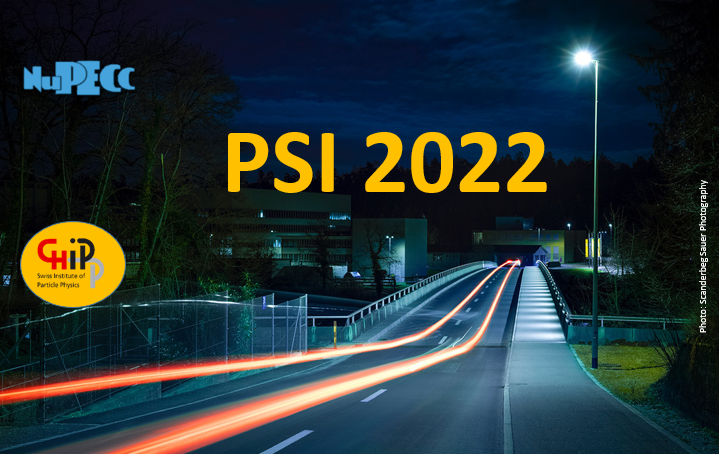Speaker
Description
With the Standard Model (SM) of particle physics undisputedly established and well-tested nevertheless a number of major open questions in modern physics remain. These include the observed asymmetric abundances of matter and antimatter in our known universe after baryogenesis. The NNBAR experiment [1] was proposed to search for baryon number violation (BNV) due to conversion of a neutron (n) into an anti-neutron (¯n). A process that could explain the aforementioned asymmetry. The BNV process may occur as free neutrons propagate via ballistic motion to a detector, where anti-neutrons will annihilate and be detected via their multi‐pion decay signature.
(A schematic of the setup of the planned experiment is given in Fig.1 in the attachment)
The general aim for the planned experimental campaign at the ESS is to reach an increase in sensitivity of three orders of magnitude over the current limit, obtained at a previous experiment at the ILL [2]. For this advantage of the expected unique high intensities of cold neutrons from the second, lower moderator system at ESS will be taken. Development, design and optimization of the various components comprising the experiment are currently explored in course of the HighNESS project [3]. This comprises the design of the moderator for cold neutrons, the transport of the neutrons to the detector region and the detector itself.
An overview is given on the present state of the work on the NNBAR experiment with special focus on the optics and the detector system.
References
[1] Addazi, A., et al. "New high-sensitivity searches for neutrons converting into antineutrons and/or sterile neutrons at the HIBEAM/NNBAR experiment at the European Spallation Source." Journal of Physics G: Nuclear and Particle Physics 48.7 (2021): 070501.
[2] Baldo-Ceolin, Massimilla, et al. "A new experimental limit on neutron-antineutron oscillations." Zeitschrift für Physik C Particles and Fields 63.3 (1994): 409-416.
[3] Santoro, V., et al. "Development of a High Intensity Neutron Source at the European Spallation Source: The HighNESS project." arXiv preprint arXiv:2204.04051 (2022)

